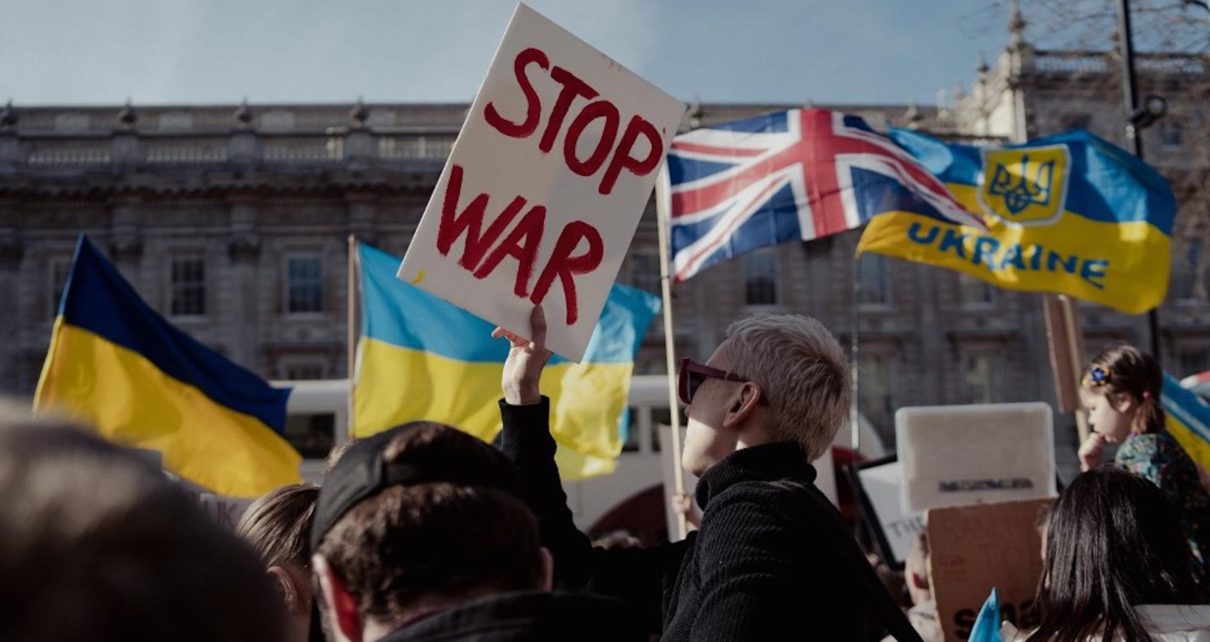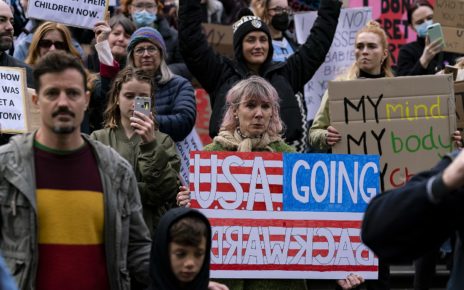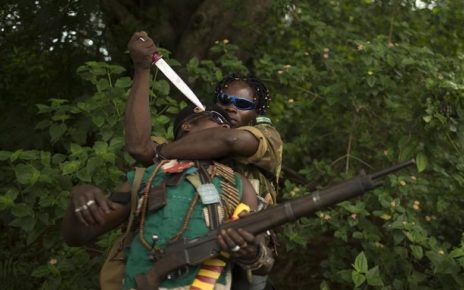As the Russian invasion of Ukraine drags on into its second year now, debate still rages about how the conflict will end and the role that NATO can play in bringing about the conflict’s successful conclusion. At the moment, NATO troops are not in Ukraine directly contributing to the fighting; NATO member countries are supplying weapons to Ukrainian forces and sending troops to the frontier between Russia and Europe in order to shore up deterrence. NATO repeatedly emphasizes that if Russia intrudes so much as an inch into its territory, following Article 5 of the NATO treaty, it will take commensurate action.
In light of the threat of further escalation between the West and Russia over Ukraine, it is worth examining past standoffs between NATO and its adversaries analogous to the present moment. As an inter-governmental body, NATO’s primary focus is the collective defense of its member states and their territorial integrity. However, if an aggressor geographically removed from Allied territory has the potential – even indirectly – to threaten NATO states, the Atlantic Council may also consider taking preemptive action further afield. NATO investment in the fate of Ukraine is an example of NATO exercising this broad mandate. In anticipating NATO’s possible intervention in Ukraine, it is helpful to look back at the conflict in Kosovo in the 1990s and how the organization mobilized in response to that event.
In 1999, NATO decided to step in to prevent attacks on ethnic Albanians by Serbs in the breakaway region of Kosovo. This took the form of a controversial bombing campaign for three months in the area. One of the salient controversies surrounding that campaign was that NATO did not wait to secure a United Nations mandate, but bombed the area without permission from the U.N. Security Council. NATO forces also mistakenly hit the Chinese embassy in Belgrade, killing Chinese nationals. The mission caused acute international tension and collateral damage, but it ultimately ended the conflict. Following the bombing, a NATO peace and capacity-building unit called the Kosovo Force, or KFOR, moved in to keep the region secured.
There are parallels between the past conflict in Kosovo and the current crisis in Ukraine. Both states are unprotected by NATO’s collective defence mechanism, as they are not member states. NATO justified intervention in Kosovo without formal U.N. authorization – an unprecedented development for NATO. As it happens, Russian President Vladimir Putin has also invoked human rights as justification for invading Ukraine. Kosovo thus set a precedent for international intervention on humanitarian grounds, despite its controversy. The Independent International Commission on Kosovo, a Swedish investigative body dispatched in August 1999 to assess the NATO bombing campaign in Serbia, concluded that NATO’s actions were “illegal but justified” as a means of stopping the victimization and brutalization of Kosovars.
One could ask why NATO does not use similar reasoning to directly help Ukraine against Russia’s illegal invasion of their country, especially since Russia is a marked threat to NATO. The simple answer is that Russia is a nuclear power and a much larger adversary than Serbia, and that explains the extreme differences between how the two conflicts – Kosovo and Ukraine – are being handled. Questions and controversies about the international legality of NATO’s actions in Kosovo might also deter the organization from directly interfering in conflicts without a U.N. mandate again. Such authorization would be impossible to procure in the case of Russia’s invasion of Ukraine, given Russia’s permanent seat on the Security Council.
Lessons learned from past missions are essential in thinking about how NATO acts and reacts as an organization and how it might ultimately respond to the war in Ukraine. NATO’s goal of collective security for its members, subject to the Charter of the United Nations, exists in some tension with its proven willingness to intervene in crises in the name of universal human rights.
Photo: Pro-Ukrainian protesters, (2022), by Chuko Cribb via Unsplash.
Disclaimer: Any views or opinions expressed in articles are solely those of the authors and do not necessarily represent the views of the NATO Association of Canada.




